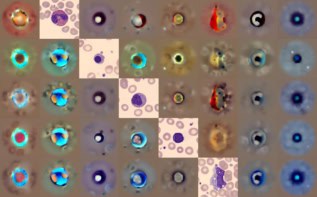Researchers have developed a new hand-held device that can produce room-temperature plasmas for biomedical applications. The source, which was developed by Mounir Laroussi and XinPei Lu at the Old Dominion University in Virginia, could be used to kill bacteria, heal wounds and treat plaque (Appl. Phys. Lett. 87 113902).

At atmospheric pressure, most plasmas are so hot (thousands of degrees centigrade) that they would immediately kill any living cells they come into contact with. Moreover, these high-temperature plasmas are also very difficult to control. In recent years, however, researchers have developed techniques for producing low-temperature plasmas and some of these have been used in biomedical applications. However, sources that are more reliable and user-friendly are still needed.
A good low-temperature plasma source must be able to work at room temperature and atmospheric pressure. Moreover, it should be hand-held and must not “arc” and heat up while operating. The new device developed by Laroussi and Lu consists of two electrodes, each made of a thin copper ring attached to the surface of a glass disk: the disk is about 2.5 centimetres across and has a small hole at its centre. These electrodes are then inserted into a dielectric tube and are separated by a gap that can be varied between 0.5 and 1 centimetre (figure 1).
When helium gas is injected into the tube and short (less than one microsecond) high-voltage pulses are applied to the electrodes, a discharge is ignited in the gap between the electrodes. This produces a plasma plume that is ejected through the hole in the outer electrode. The plume can be up to 5 centimetres long, with the length depending on the flow rate of the helium and the size of the voltage pulses. The plume remains at room temperature and can be touched by bare hands (figure 2).
The device is an improvement on previous plasma “jet” devices that only generate short plumes that have lengths in the millimetre range and can reach temperatures several tens of degrees above room temperature. And unlike other devices, such as the “plasma needle”, the new apparatus contains no sharp metal objects. And since very short voltage pulses are used, there is no risk of arcing and heating if the device is deployed for long periods.




